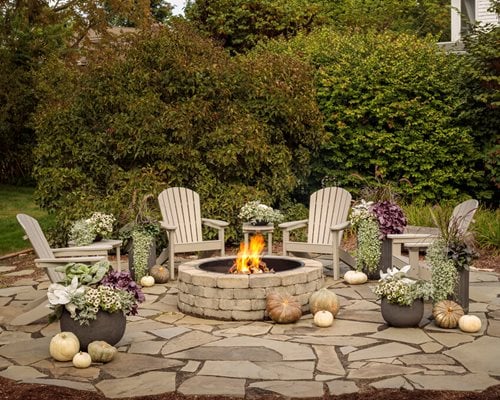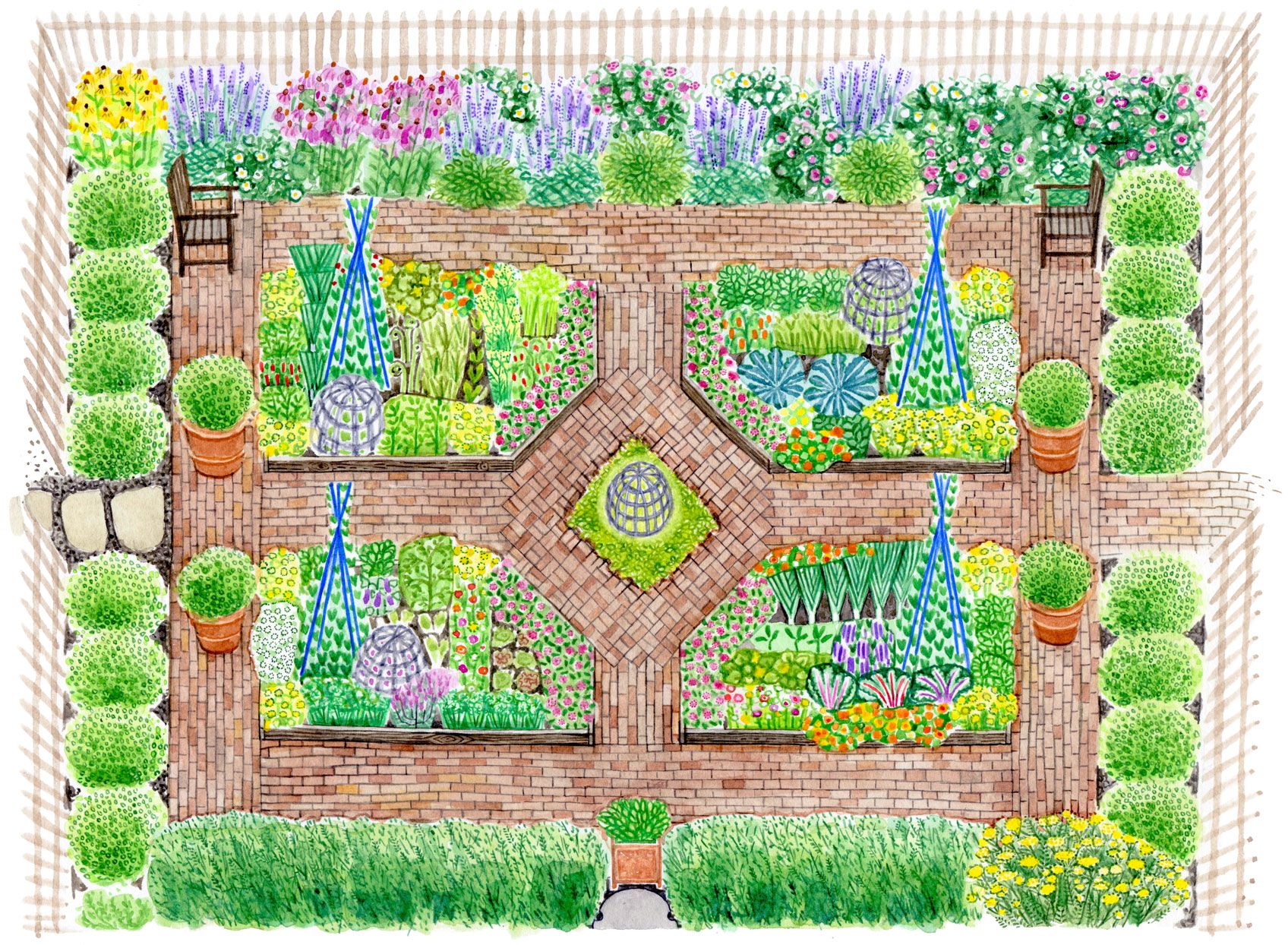Garden Design: Creating Your Perfect Outdoor Space
Understanding the Basics of Garden Design
Garden design is not just about planting flowers and trimming hedges; it encompasses creating a cohesive plan for your outdoor space. Whether you have a small backyard or a sprawling estate, a well-thought-out garden can enhance the beauty and functionality of your home. Key elements of garden design include understanding your climate, soil type, and the plants that will thrive in your specific conditions. By carefully considering these factors, you can create a stunning garden that reflects your style and meets your needs. The foundational aspects of garden design include space planning, plant selection, and incorporating functional elements such as pathways and seating areas.
Choosing the Right Plants for Your Space
Selecting the right plants is crucial for a successful garden. Consider the amount of sunlight your garden receives, the local climate, and any water constraints. Native plants are often a great choice as they are adapted to the local environment and require less maintenance. For example, adding a square herb garden can be a practical choice for those who love cooking and want fresh herbs at their fingertips.  They can fit into small spaces and provide a wonderful aroma as well as culinary benefits.
They can fit into small spaces and provide a wonderful aroma as well as culinary benefits.
Incorporating Functional Features
Beyond plants, think about how you will use your garden. Do you envision a tranquil space for relaxation, a productive vegetable garden, or an entertaining area for family and friends? Elements like seating areas, outdoor fire pits, and pathways can significantly enhance the functionality of your garden. For instance, a comfortable seating area can create a perfect spot for summer evening gatherings. Having a fire pit as part of your landscape design can provide warmth and ambiance, making it a focal point during cool nights. 
Creating Visual Interest with Hardscaping
Hardscaping involves incorporating non-plant elements into your garden design, such as patios, walls, paths, and decks. These structures not only provide functional benefits but can also elevate the aesthetic of your outdoor space. Textures from stone pathways or wooden decks can create contrast and enhance the overall appeal of your garden. Additionally, thoughtful placement of hardscaping can lead guests through the space, creating a sense of discovery as they explore different garden zones.
Designing a Garden Layout
Once you understand the basics, it’s time to lay out your garden. A successful layout considers the size of your space and how you want to use it. One effective method is to divide your garden into different sections based on their purpose—like a play area for kids, a quiet retreat, and a productive vegetable area. Consider vertical space by using trellises or raised beds to maximize your planting area, especially in smaller gardens.
Creating Zones within Your Garden
Think about creating zones within your garden, which divides the area according to functionality. For example, a dining zone can be established using a patio set, surrounded by beautiful flower beds, while a quiet reading nook can be created under the shade of a tree, adorned with comfortable outdoor furniture. This division not only adds organization but also enhances the usability of the area, providing various experiences that cater to different needs.
Consider Seasonal Changes
When planning your garden design, it’s essential to consider how the space will look throughout the seasons. Plants that bloom at different times help ensure that your garden has visual interest year-round. Similarly, incorporating evergreen plants can provide greenery during the winter months, while spring bulbs like tulips and daffodils can offer vibrant colors when they bloom. Think about layering plants, with taller species in the back rows and shorter ones in the front, which adds depth and visual interest to your garden bed.
Design Inspiration and Resources
With many resources available today, gaining inspiration becomes easier. From garden design books to online platforms like Pinterest and gardening blogs, you can explore various styles—from formal layouts, rustic gardens, to modern minimalist designs. Researching local plant nurseries can also provide guidance on which plants work best in your area, as they can suggest combinations that thrive together. Visiting public gardens in your area is another excellent way to draw inspiration and see what you might want to replicate at home.
Maintenance Tips for Your Garden
No garden is maintenance-free, but with a good plan in place, you can minimize your efforts while maximizing beauty. Start with proper soil preparation to ensure your plants get the nourishment they need to develop roots that will sustain them as they mature. Regular watering and timely pruning will support healthy growth and flourishing blooms, leading to a garden that is happy and flourishing.
Using Mulch for Moisture Retention
One effective way to reduce maintenance time is by using mulch in your garden beds. Mulching helps prevent weeds from taking root, retains soil moisture, and provides organic matter as it decomposes. Choose organic mulches such as wood chips or straw, which can also enhance the aesthetic of your garden while offering functional benefits. Keeping a consistent layer of mulch can drastically reduce the frequency of watering and weeding, making your gardening responsibilities much lighter.
Understanding Pest Management
Being in tune with your garden means also monitoring for pests that may harm your plants. Integrated Pest Management (IPM) encompasses various strategies—such as introducing beneficial insects, using organic pesticides, and companion planting—that minimize damage with the least impact on the ecosystem. Understanding pest behavior and their lifecycle can help you intervene early, maintaining a healthy garden environment without heavy chemical use.
Seasonal Maintenance Checks
It’s advisable to have a seasonal maintenance routine which includes checking your plant health, assessing soil condition, and preparing your garden for changes in weather. Simple tasks such as removing debris, checking for disease, and adjusting irrigation techniques based on rainfall can greatly benefit your garden’s overall health. Keeping a detailed garden journal can also help track what works best during different times of the year, ensuring continuous improvement in your gardening efforts.
Key Takeaways
- Effective garden design starts with understanding your space and environment.
- Choosing the right plants and considering their seasonal changes can enhance your garden’s aesthetic.
- Incorporating functional features through hardscaping can improve the usability of your outdoor space.
- Proper maintenance routines ensure the health and vibrancy of your garden over time.
FAQ
1. What are the first steps in garden design?
Begin by assessing your space and determining your garden’s purpose. Consider factors such as sunlight, soil condition, and your regional climate. Start by sketching your layout and planning the types of plants you want to include. Utilizing a design tool or software can help visualize your garden and plan out functions like pathways and seating arrangements effectively.
2. How can I ensure my garden is sustainable?
Sustainable gardening practices include using native plants, incorporating compost, practicing crop rotation in vegetable gardens, and minimizing chemical usage. Also, consider capturing rainwater for irrigation and setting up pollinator gardens that attract beneficial insects, enhancing biodiversity while supporting the local ecosystem.
3. What should I do during the winter months for my garden?
Winter preparation involves protecting plants by mulching, wrapping vulnerable plants, and planning for the next growing season. Regularly check on plants to avoid frost damage and understand when to prune or plant once the season shifts, ensuring a well-timed approach as warmer weather returns.
4. How do I attract beneficial wildlife to my garden?
To attract beneficial wildlife to your garden, incorporate a diversity of plants that offer food and habitat—think flowering plants for pollinators, water sources for birds, and specific host plants for butterflies. Building birdhouses or butterfly gardens also enhances the habitat in your garden, promoting a balanced ecosystem.
5. How can I efficiently manage weeds?
Efficient weed management starts with good soil preparation and layering mulch to smother weed growth. Hand weeding, using landscape fabric, or employing the corn gluten meal method can also prevent weed seeds from germinating. Keeping pathways clear and regularly checking your garden beds will help maintain a weed-free space effectively.
